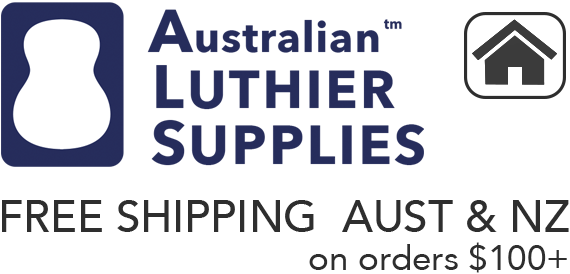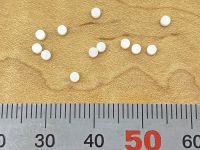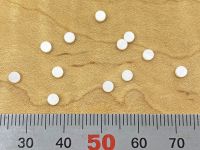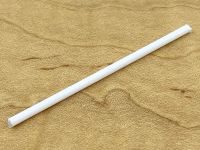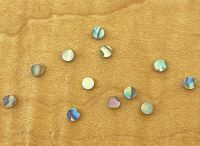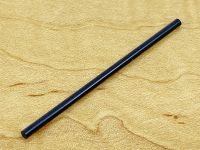Inlay Blank - Laminated Paua Abalone 1.25mm - 115mm x 65mm
In stock
SKU
IN-120-212
$159.00
- Buy 2 for $135.15 each and save 15%
Paua Abalone blank for cutting custom inlays
- 1.25mm (0.050") thick
- 115mm x 65mm
- Laminated natural shell
Paua Abalone comes from the seas of New Zealand. It has an excellent colour range and great iridescence making it an ideal material for fingerboard inlays in both dark and light coloured fingerboards. It has a darker and richer colour than Mother of Pearl or other Abalones with hues of green, blue, pink, purple and red.
The natural Paua shells are too small and rounded to yield sizeable blanks. These sheets are made from many thin veneers of real shell, laminated together like plywood to form a large, solid blank. The blanks have a consistent colour and quality through their thickness.
1.25mm thick stock is good for both fingerboard and headstock inlays. Thicker material is better for fingerboard inlays as the radius of the fingerboard will not make the edges too thin.
The blanks can be cut to shape using a jewellers saw. The inlays should be installed into a cavity made by routing or chiseling.
Always wear a dust mask when sanding and cutting pearl as the dust may be hazardous if inhaled.
Related Products
We found other products you might like!
Laminated Paua Abalone sheet to cut custom fingerboards and headstock inlays
Laminated sheets are slightly easier to cut and file than natural blanks. The best way to cut them into inlays is using a jewellers saw. The blades in these saws are much finer than any other saw and will cut the shell without breaking it and leave a clean edge that needs little smoothing out.
A cavity needs to be made in the timber for the inlays to be installed in. The best way to create this is with a Dremel router and small downcut bit. If a Dremel isn't available the cavity can be made with a small sharp chisel.
The inlays should be set in using epoxy with some sanding dust mixed into it. The sanding dust should be the from the timber being inlaid.
Once the epoxy has dried level the inlay to the timber using a hard sanding block or fingerboard radius block with sandpaper attached with double-sided tape. This hard block will help keep the surface level.
Laminated sheets are slightly easier to cut and file than natural blanks. The best way to cut them into inlays is using a jewellers saw. The blades in these saws are much finer than any other saw and will cut the shell without breaking it and leave a clean edge that needs little smoothing out.
A cavity needs to be made in the timber for the inlays to be installed in. The best way to create this is with a Dremel router and small downcut bit. If a Dremel isn't available the cavity can be made with a small sharp chisel.
The inlays should be set in using epoxy with some sanding dust mixed into it. The sanding dust should be the from the timber being inlaid.
Once the epoxy has dried level the inlay to the timber using a hard sanding block or fingerboard radius block with sandpaper attached with double-sided tape. This hard block will help keep the surface level.
